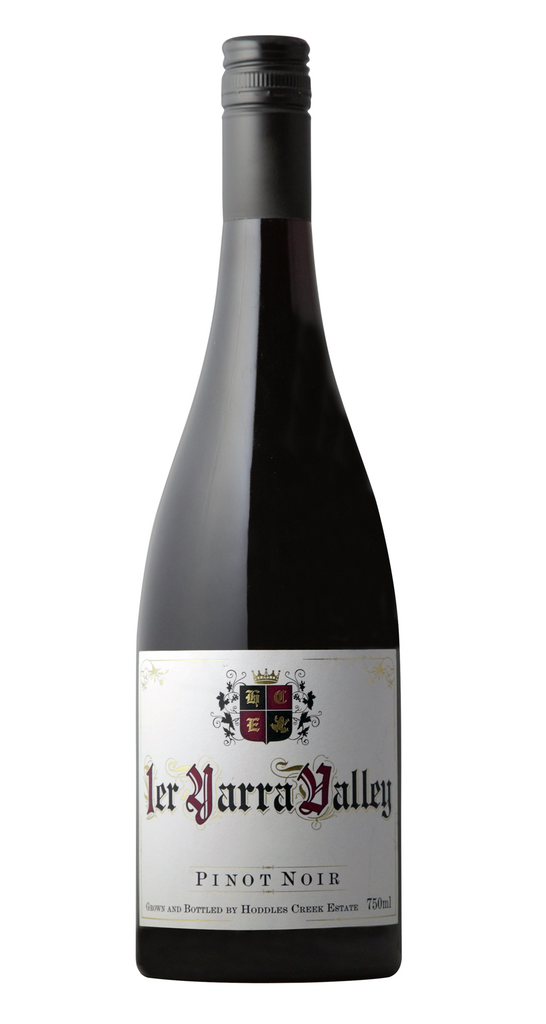The 2024 season was far from the disaster of crop levels like we saw in 2020. Most blocks returned to historical yields. This was in part due to favourable flowering but also to the work we have put into rejuvenating our soils. A few years ago, I started running some cattle through the property again. With cattle, pasture management is essential to raising healthy cattle. Time and effort needs to be put to make sure the soil is suitable to grow good pasture. This made me reflect on what we are actually doing to the soils at Hoddles. Over the years we have been busy in the vineyards and somewhat neglected the most important thing. The soil the vines grow in. So now, we have embarked on a program to ensure our soils are healthy and are the best conduit possible to grow good grapes. I think we are starting to see the results in the wines.
In my early days, I embarked on vintages overseas namely Mt Etna, Burgundy and Barolo. It wasn't really to see what secret they do to make great wine, but really to look at winemaking with a different set of eyes. When it's your own fruit, you can tend to be a bit to careful or not take any risks. Growing grapes and making wine is all about risk and reward. Play it safe and you'll generally end up with boring wines. The most critical part of this is knowing when and how to push the boundaries. This applies to both vineyard and winery.
These experiences made me look at wines quite differently. With red wines, it’s my belief that the only thing you can really have an influence on is the tannin structure and how you choose to pull the tannins out during fermentation. I have applied this to all Pinot Noir’s that come into the winery nowadays.
The philosophy is simple with Pinot Noir, you can’t make it to a recipe when it comes to cap management. You need to look at the wine every 6 hours and determine the best way forward. Tannins during fermentation change all the time, and great tannin really determines the best red wines in the world. Each vintage, each block and the varying nature of the micro-climate the block sits in also changes the tannin make up with the wine. During hot years, it’s easy to extract tannin but it’s not really desirable tannin as the fruit ripens quite quick and doesn’t give enough time for tannin development on the vine. We are quite gentle in these years and only really pull out the tannin we want during the latter stages of fermentation. In a year like 2021, the wine pretty much made itself. Not a lot of work in the winery.
The Pinot Noir for this wine comes from our Top Paddock Vineyard. There are 28 rows of pinot planted in this block, which is West facing and sloping to the South. The fact that it slopes down to the South is really important as it enables us to include about 25% whole clusters to the fermentation. South facing blocks tend to be a bit cooler, and ripening takes a little longer hence the stalks have a chance to regain ripeness without imparting any green flavours on the wine.
Pinot Noir from this block has been treated separately since 2005, when we highlighted that the rows produce slightly different fruit than the remainder of the vineyard. With the vineyard in balance, we simply shoot thin around the crown and take off any multiple shoots. The vines would normally crop about 1.3 kilograms per vine.
In the winery, this has the same treatment as the Estate Pinot Noir except for the inclusion of twenty five per cent whole bunches. This makes the tannins a little more finer and gives structure to the wine for further ageing. The wine spends eighteen months in cask. The wine is not filtered, not fined, or stabilized before bottling.

